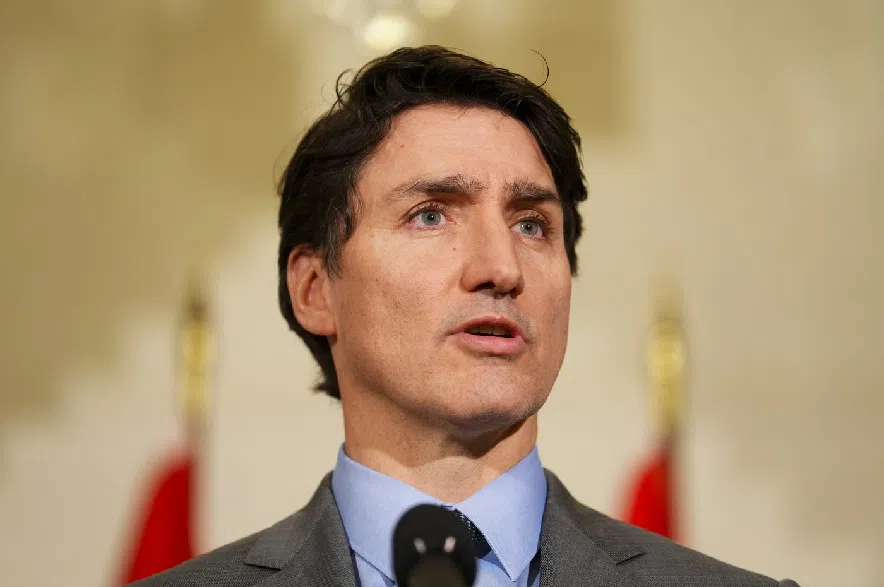The energy ties between the United States and Canada run deep, with Canada supplying a substantial portion of electricity to its southern neighbor every year.
This cross-border energy exchange plays a key role in maintaining grid stability and keeping electricity costs efficient on both sides of the border.
However, growing political tensions have sparked concerns about whether this flow could be disrupted.
In response to President Donald Trump’s 25% tariffs on Canadian goods, Ontario Premier Doug Ford has floated the idea of slapping a 25% surcharge on electricity exported to Michigan, New York, and Minnesota, according to a USA Today report.
Ford has even suggested that Ontario might go so far as to completely halt electricity exports if the situation escalates.
This possibility has raised serious questions about how realistic such a move would be — and what it could mean for U.S. states that depend heavily on Canadian power.

How Would New York Be Affected?
New York stands out as one of the U.S. states most dependent on Canadian electricity, particularly from Hydro-Québec and Ontario’s Independent Electricity System Operator (IESO).
The New York Independent System Operator (NYISO), which oversees the state’s power grid, has stressed that the U.S. and Canada share one of the most interconnected electricity networks in the world.
“The steady and reliable flow of electricity across the Canadian border is essential to safeguarding the health, safety, and well-being of New Yorkers, as well as residents throughout the Northeast,” NYISO said, according to a USA Today report.
That proposed 25% surcharge on Canadian electricity could lead to higher energy prices for New York consumers.
Even so, officials at NYISO have voiced confidence that the state’s power grid will remain stable and capable of meeting demand, even if the flow of electricity from Canada is reduced.
What About Michigan?
Although Michigan does import electricity from Ontario, its reliance on Canadian power isn’t as high as some might expect.
Dan Scripps, chair of the Michigan Public Service Commission, explained that much of the electricity generated in Ontario actually passes through Michigan on its way to other states connected to the Eastern Interconnection — a vast power grid that spans central Canada and much of the U.S. east of the Rocky Mountains.
Major Michigan utilities, including DTE Energy and Consumers Energy, primarily rely on their own generation capacity or secure power through long-term contracts with domestic energy providers.
Still, Premier Doug Ford’s proposed surcharge could push electricity prices higher in Michigan, since any extra costs on imported power would ripple through the broader energy market.
Scripps also flagged potential concerns around grid reliability — particularly involving the Lake Erie flow loop, a key transmission pathway that serves both countries. Any disruption along this corridor could raise the risk of power outages on both sides of the border.
How Would Minnesota Be Impacted?
Compared to New York and Michigan, Minnesota is unlikely to experience significant disruptions even if Ontario moves forward with its electricity surcharge or export restrictions.
Local utility leaders and regional grid operators have downplayed the risk of major impacts, pointing to Minnesota’s diverse energy portfolio and its strong in-state power generation capacity as key buffers.
That said, a 2024 report from the North American Electric Reliability Corporation (NERC) flagged long-term reliability concerns for the state’s electric grid.
The report identified Minnesota’s region as high risk for energy shortfalls, particularly during periods of extreme heat in the summer and bitter cold in the winter.
Darrick Moe, president of the Minnesota Rural Electric Association, underscored the need to secure new sources of power. “We can’t keep shutting down existing plants and dragging out the permitting process for new projects if we want to keep Minnesota’s grid reliable,” he said in a recent statement.
FQ:
What is the main source of electricity in the US?
In 2022, fossil fuels continued to dominate U.S. electricity production, with natural gas serving as the primary energy source, contributing approximately 39.8% of the nation’s total power generation.
Does the US import electricity?
While the U.S. imports roughly 1% of its total electricity supply, government data shows that states like New York and regions such as New England depend more significantly on Canadian power. As a result, utility customers in these areas could face higher bills.






Leave a Reply